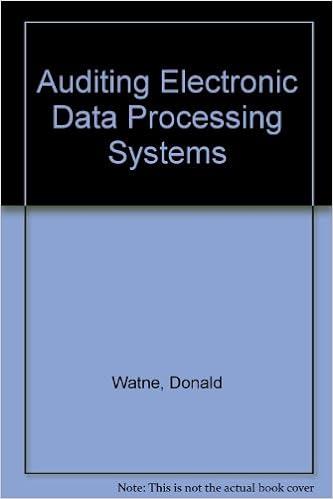Question
Mohawk coffee (MC) is a distributor and processor of different blends of coffee. The company buys coffee beans from around the world and roasts, blends,
Mohawk coffee (MC) is a distributor and processor of different blends of coffee. The company buys coffee beans from around the world and roasts, blends, and packages them for resale. MC has 15 different coffees that it offers to gourmet shops in one-pound bags. The major cost is raw materials; however, there is a substantial amount of manufacturing overhead in the predominantly automated roasting and packing process. The company uses relatively little direct labor.
Some of the coffees are very popular and sell in large volumes, while a few of the newer blends have very low volume. MC prices its coffee at full product cost, including allocated overhead, plus a markup of 30%. The company competes primarily on quality, but customers are somewhat price-conscious as well.
Data for the 2021 budget include manufacturing overhead of $4,500,000, which has traditionally been allocated to products based on budgeted direct labor cost. The budget for direct labor cost for 2021 is $1,000,000. Budgeted direct raw material (mostly coffee beans) costs total $6,000,000.
The expected material and labor costs for one pound for two of the company's products are as follows:
|
MC's controller believes that the direct-labor based product costing system is providing misleading cost information. She has developed an analysis of 2021's manufacturing costs as below:
| ||||||||||||||||||||||||||||||||
Data regarding the 2021 production of Kenyan and Sumatra Coffees are shown below:
| Kenyan | Sumatra | |
| Budgeted Sales (pounds) | 2000 | 100,000 |
| Number of batches | 4 | 10 |
| Setups | 12 | 30 |
| Purchase orders | 4 | 4 |
| Roasting time (hours) | 20 | 1000 |
| Blending time (hours) | 10 | 500 |
| Packaging time (hours) | 2 | 100 |
Calculate:
Using the company's current direct-labor based product-costing system:
- Determine the company's predetermined overhead rate using direct-labor cost as the cost driver.
- Determine the full product costs and selling prices of one pound of Kenyan and one pound of Sumatra
- Using an activity-based costing approach based on information provided, determine the full product costs and selling prices of one pound of Kenyan and one pound of Sumatra Coffee.
- Based on your answers to parts (a) and (b) above in the context of MC, what are the implications of using the activity-based costing system relative to the existing product-cost system as the basis for pricing? In your opinion, under what conditions would activity-based costing systems provide useful and appropriate cost bases for long-term product planning and capacity planning decisions?
Step by Step Solution
There are 3 Steps involved in it
Step: 1

Get Instant Access to Expert-Tailored Solutions
See step-by-step solutions with expert insights and AI powered tools for academic success
Step: 2

Step: 3

Ace Your Homework with AI
Get the answers you need in no time with our AI-driven, step-by-step assistance
Get Started


